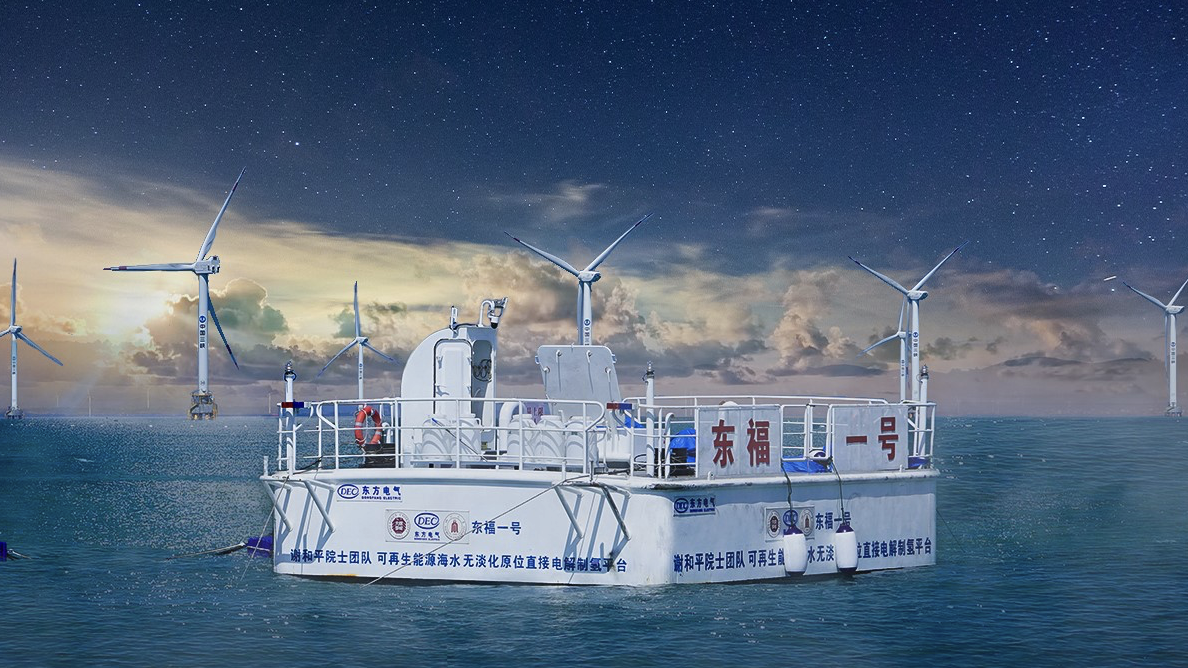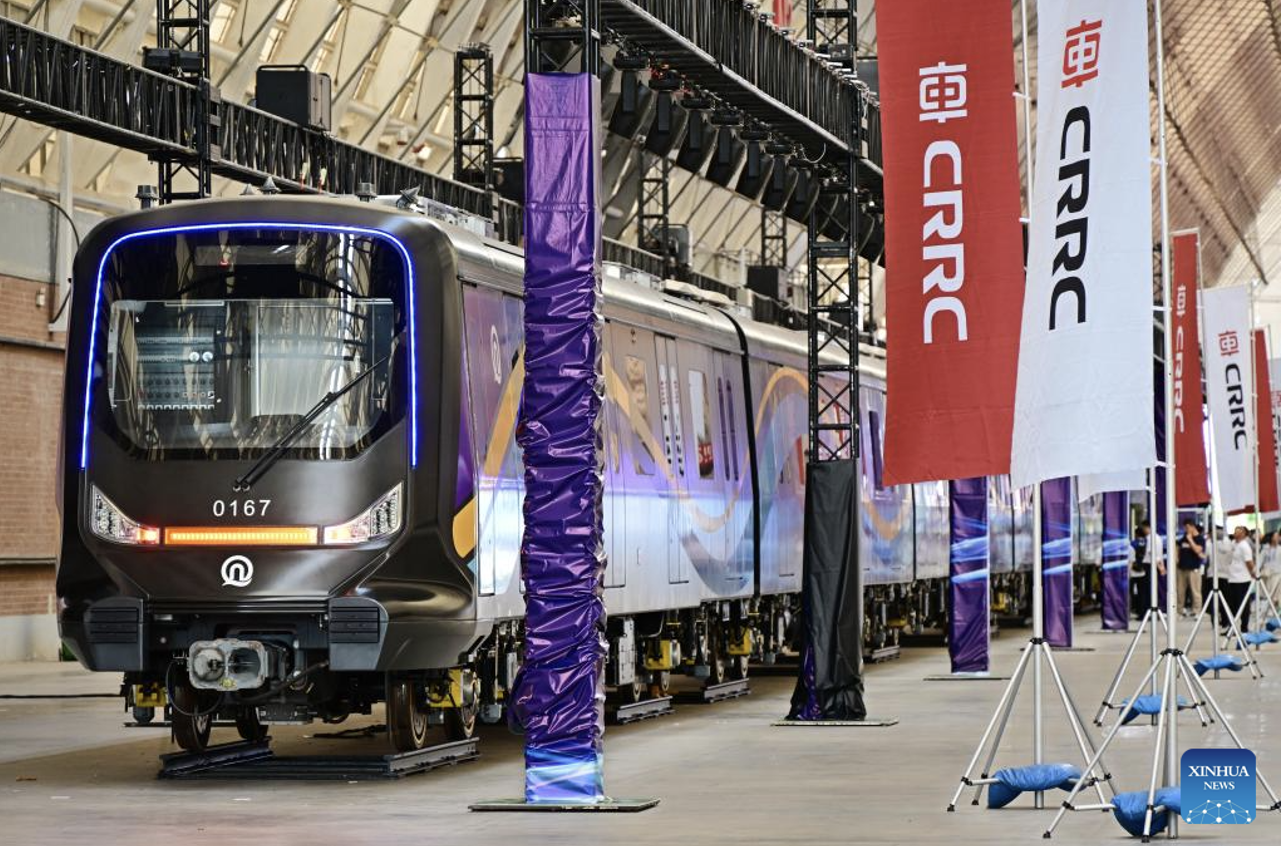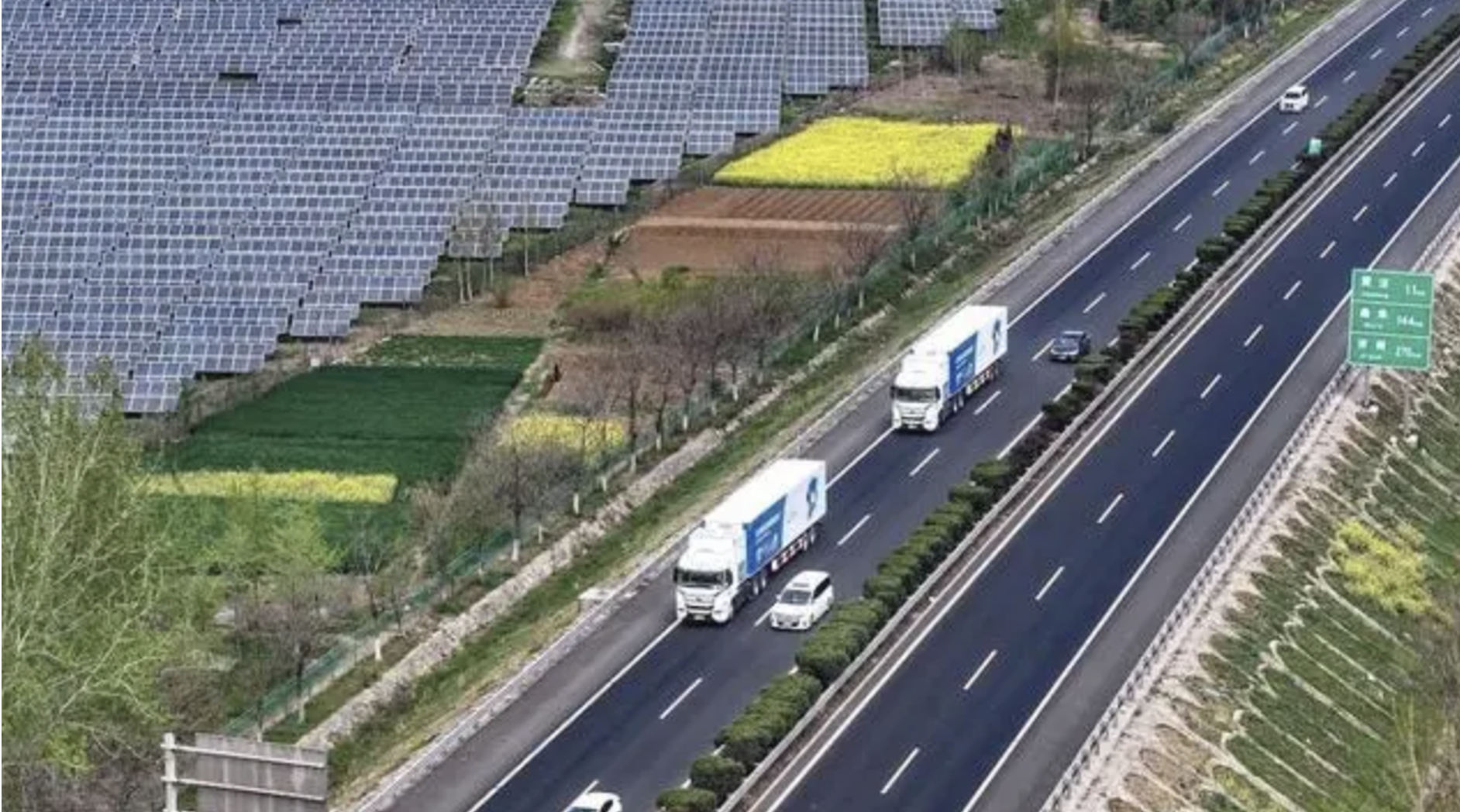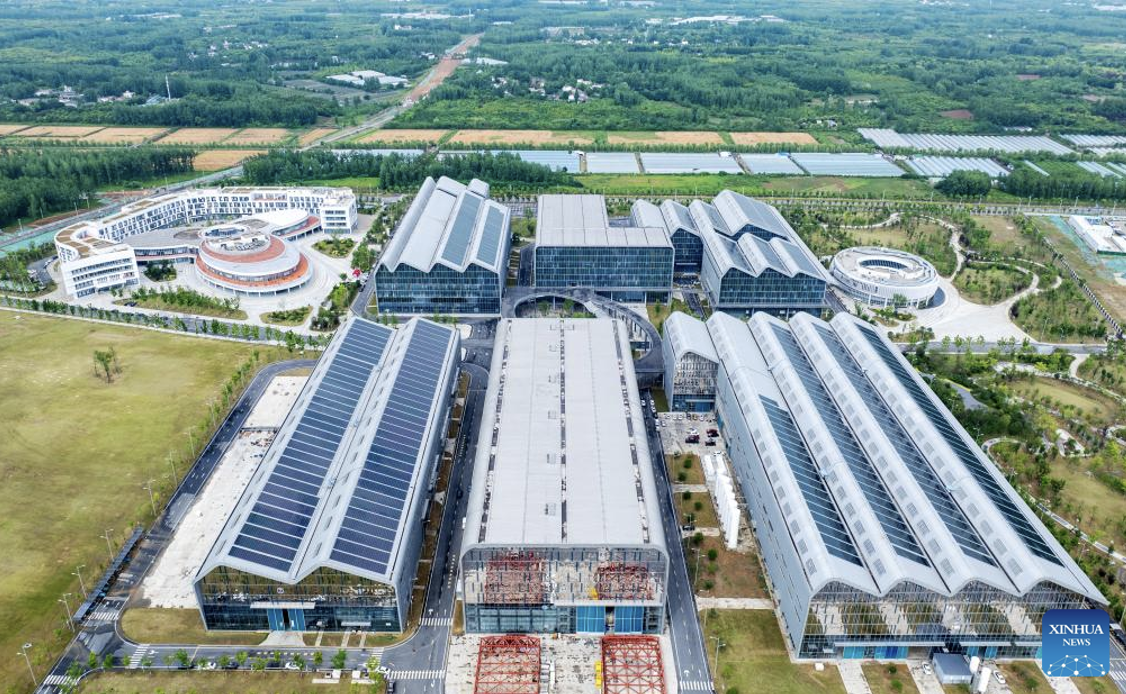A 1 qm electrolyzer generates hydrogen from seawater offshore
http://j.people.com.cn/n3/2024/0625/c95952-20185211.html https://www.nature.com/articles/s41586-022-05379-5 The team of Xie Heping, an academician of the Chinese Academy of Engineering and professor at Shenzhen University, has collaborated with a team from Oriental Electric Group to directly produce hydrogen from seawater using offshore wind power. The team has developed a new method and technology for direct seawater electrolysis hydrogen production in a real marine environment where wave motion cannot be controlled. They also systematically analyzed the interfacial vapor pressure difference due to the difference in the concentration of seawater components in Shenzhen Bay, Guangdong Province and Xinghua Bay, Fujian Province, and elucidated the self-adjustment and adaptation mechanism of the phase transition process due to the dynamic change of concentration. After that, they built a theoretical model of direct hydrogen production without desalination from phase transition seawater in actual wave motion, and simulated the marine environment in the laboratory, achieving stability for more than 500 hours. To verify the feasibility and reliability of the laboratory simulation environment, the team also designed and developed a 1.2 standard cubic meter per hour offshore renewable energy on-site direct electrolysis hydrogen production float without desalination, and achieved direct connection with offshore wind power generation despite the interference of 3-8 grade strong winds and 0.3-0.9 meter waves in Xinghua Bay. After 10 days of stable and continuous operation, the seawater impurity ion rejection rate reached more than 99.99%, and the purity of hydrogen production reached 99.9-99.99%.







